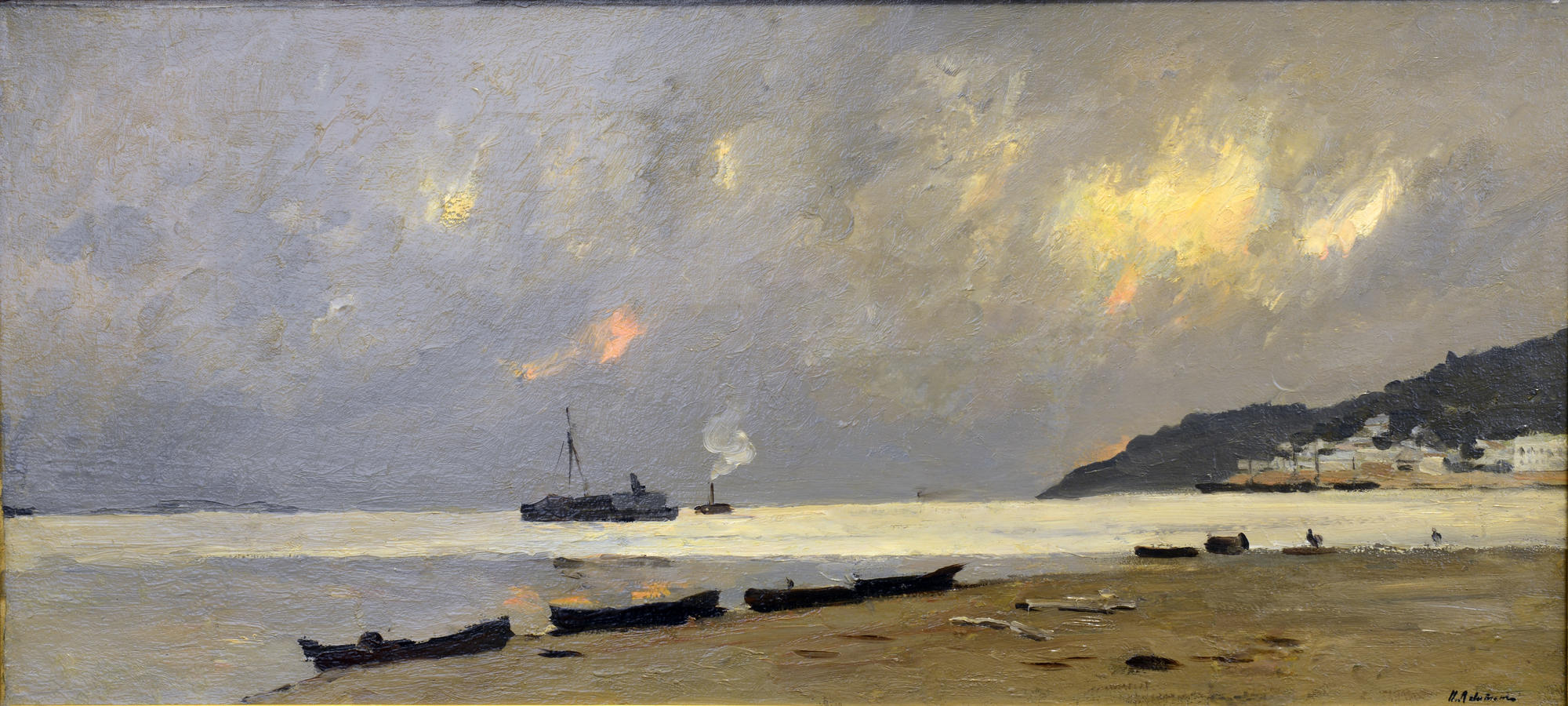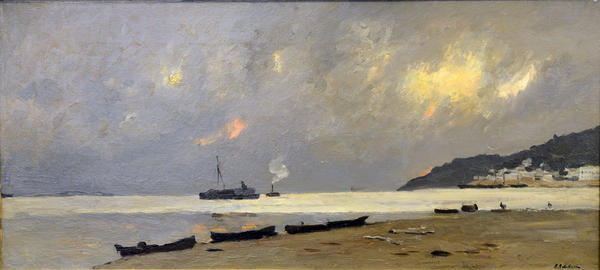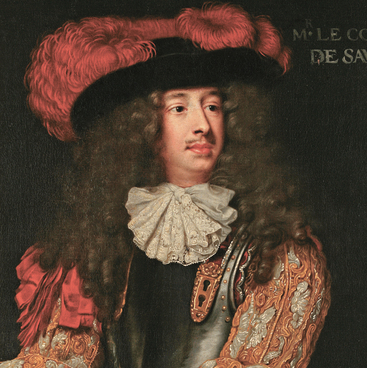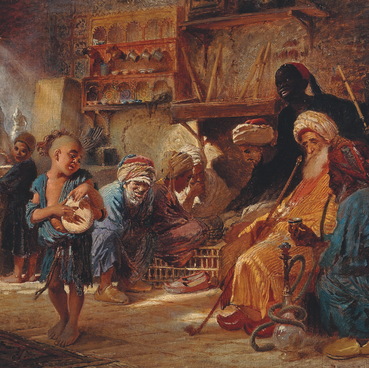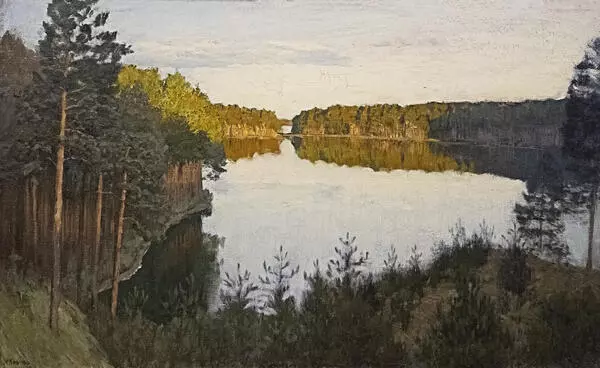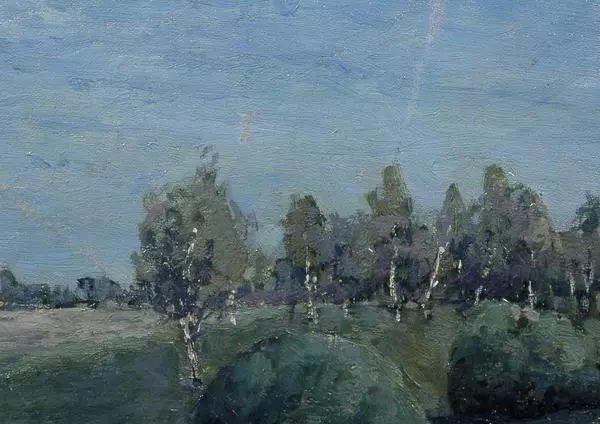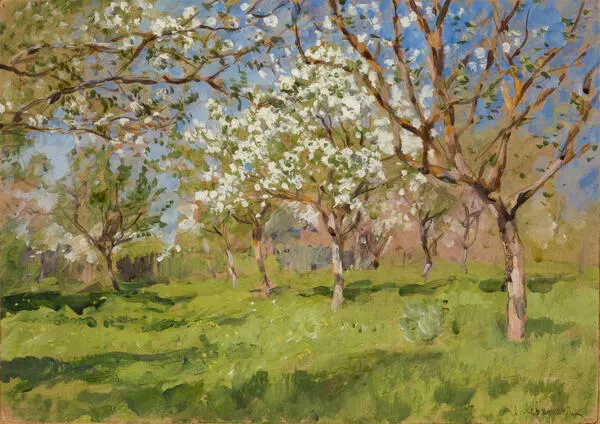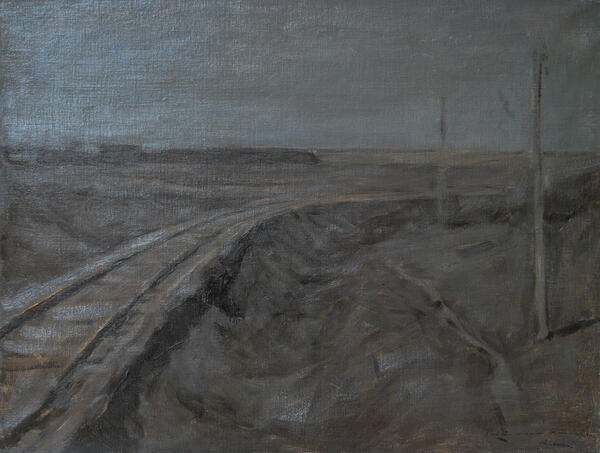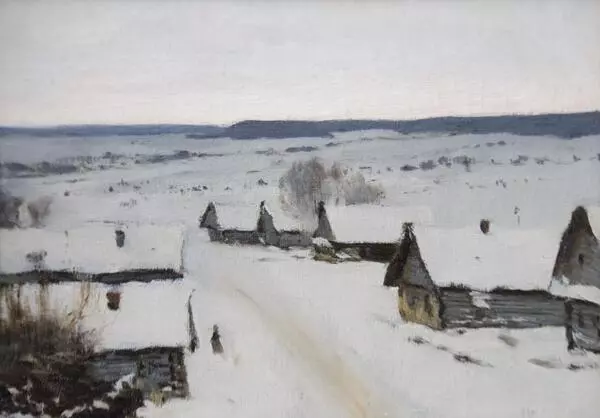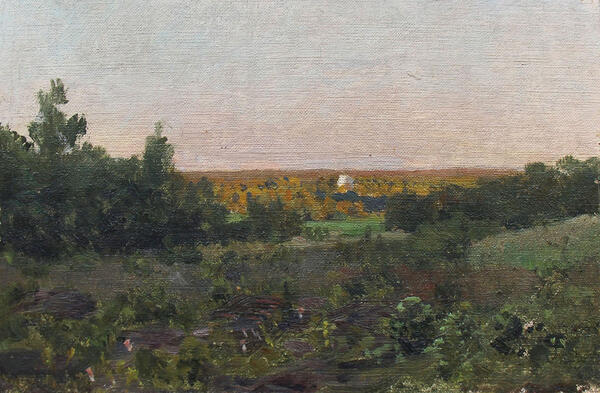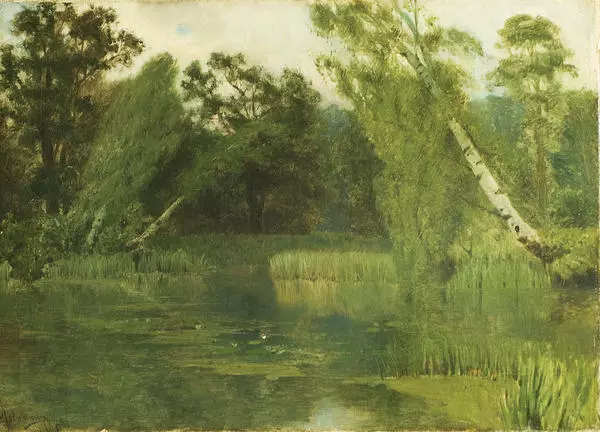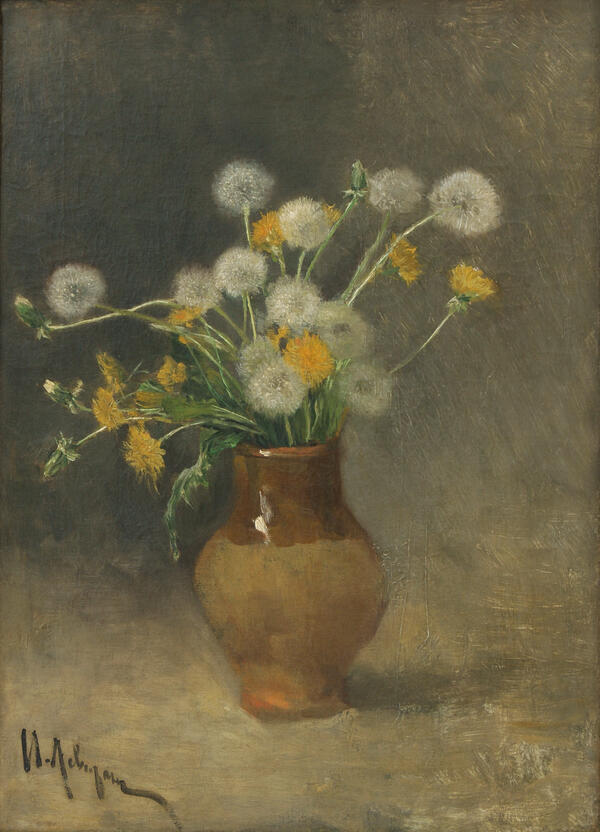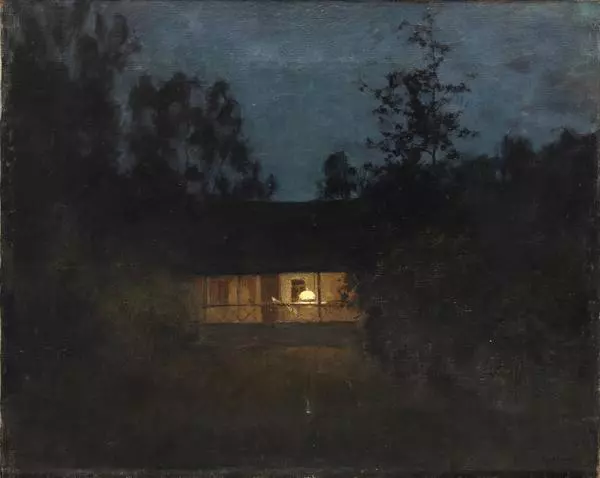From the 1880s, Isaak Levitan went travelling in the vicinity of the Volga and the Oka, which also included travelling on board a ship. The artist did not feel inspired by his first visit for the river did not seem inspiring. However his subsequent trips proved productive.
That was the period when he created a lot of masterpieces devoted to large expanses of water, such as On the Volga, Evening Bells, The Silent Monastery, Evening on the Volga, After Rain and A Cloudy Day on the Volga. All of them are held in the museums of Moscow, Plyos and Serpukhov.
The artist painted this study from nature using oil on canvass near the town of Yuryevets in 1890. On the foreground there is a sandy riverside followed by the river’s glittering midstream and the leaden sky with yellowish pink clouds high above.
For the dynamic of the composition, the artist chose a focal point of a moving afar vessel with blue-grey smoke rather than people. In this fusion of the elements, only contrasting dark-colour boats hint at the presence of man.
Although the ‘main character’ of the piece is the surface of the river, air space occupies a greater part of the composition. The source of light is not shown, therefore the shades of the objects can hardly be discerned. By so doing, the deep stillness of this gloomy panorama becomes more apparent.
It is worth mentioning that the place no longer exists in the real world for the territory changed following the construction of the Gorky Reservoir in 1955-57. Anyway, this picture kept the nuances of this scene intact for future generations.
Art experts put down the picture to the mood scapes, which came to Russian art from England. The essence of this genre comes down to combining actual reality with internal sensations to create the general atmosphere of a landscape. Simple scenes and mundane sensations were given preference.
At the same time, Isaak Levitan tried to portray the grandeur of national colour. His series from other regions, say, Finland, support this view.
In his book ‘Through a Crystal Ball…’, Nikolay Yanovsky-Maximov quotes Anton Chekhov referring to the artist’s state of mind after the latter’s return from travelling along the Volga on board a ship. The writer noticed that there were ‘signs of a smile’ in his friend’s landscapes.
However, the reason for Levitan’s upbeat mood was his affair with Sofia Kuvshinnikova– a hunter and an artist – who accompanied him during the trip. She was married and from high society, which added a certain zest to their affair.
That was the period when he created a lot of masterpieces devoted to large expanses of water, such as On the Volga, Evening Bells, The Silent Monastery, Evening on the Volga, After Rain and A Cloudy Day on the Volga. All of them are held in the museums of Moscow, Plyos and Serpukhov.
The artist painted this study from nature using oil on canvass near the town of Yuryevets in 1890. On the foreground there is a sandy riverside followed by the river’s glittering midstream and the leaden sky with yellowish pink clouds high above.
For the dynamic of the composition, the artist chose a focal point of a moving afar vessel with blue-grey smoke rather than people. In this fusion of the elements, only contrasting dark-colour boats hint at the presence of man.
Although the ‘main character’ of the piece is the surface of the river, air space occupies a greater part of the composition. The source of light is not shown, therefore the shades of the objects can hardly be discerned. By so doing, the deep stillness of this gloomy panorama becomes more apparent.
It is worth mentioning that the place no longer exists in the real world for the territory changed following the construction of the Gorky Reservoir in 1955-57. Anyway, this picture kept the nuances of this scene intact for future generations.
Art experts put down the picture to the mood scapes, which came to Russian art from England. The essence of this genre comes down to combining actual reality with internal sensations to create the general atmosphere of a landscape. Simple scenes and mundane sensations were given preference.
At the same time, Isaak Levitan tried to portray the grandeur of national colour. His series from other regions, say, Finland, support this view.
In his book ‘Through a Crystal Ball…’, Nikolay Yanovsky-Maximov quotes Anton Chekhov referring to the artist’s state of mind after the latter’s return from travelling along the Volga on board a ship. The writer noticed that there were ‘signs of a smile’ in his friend’s landscapes.
However, the reason for Levitan’s upbeat mood was his affair with Sofia Kuvshinnikova– a hunter and an artist – who accompanied him during the trip. She was married and from high society, which added a certain zest to their affair.
